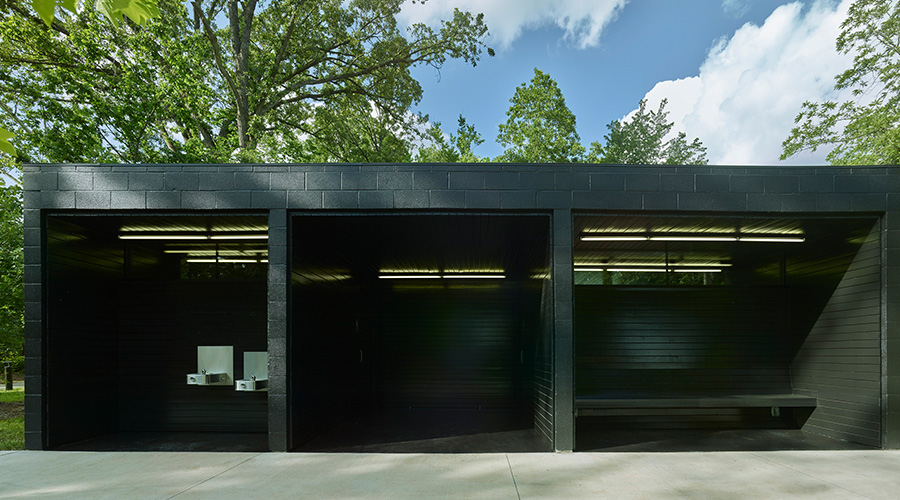Factors Affecting Condition of Plumbing and Piping Systems
Age, design, use, and proper maintenance can affect the condition of plumbing and piping systems. Installed according to code, the piping servicing a facility can last for the life of the building.
Proper gradient — a slope of about 1:80 — is essential for both underground and aboveground drains. Too much slope causes liquids to run faster than the solids, leaving the solids high and dry in the piping. With too little slope, liquids will not be able to flush the solids through the piping with enough force. Drains installed underground below a steep slope are installed with vertical catch basins at intervals to maintain the proper slope between the catch basins.
Some piping systems might have been installed with undersized piping to minimize construction costs. The older the piping, the more likely it is undersized based on current demand.
One example occurs when facilities install more drains, adding to the drain load without expanding the size of the original piping. Another cause is adding to the volume — for instance, installing garbage disposals in lines that are too small to handle the added solids volume. Still another problem can result from improper upgrades involving low-flow toilets and faucets. If the resulting system features insufficient liquid flow, solids can cause line blockages in older, smaller drains, or in horizontal drains with improper slope resulting in solids backup.
Technicians also need to check the wall thickness of piping periodically to avoid shutdowns of the system due to a wall rupture from erosion or corrosion. This satiation is especially prevalent with highly corrosive materials, such as steam-condensate returns or acidic materials.
Related Topics:














